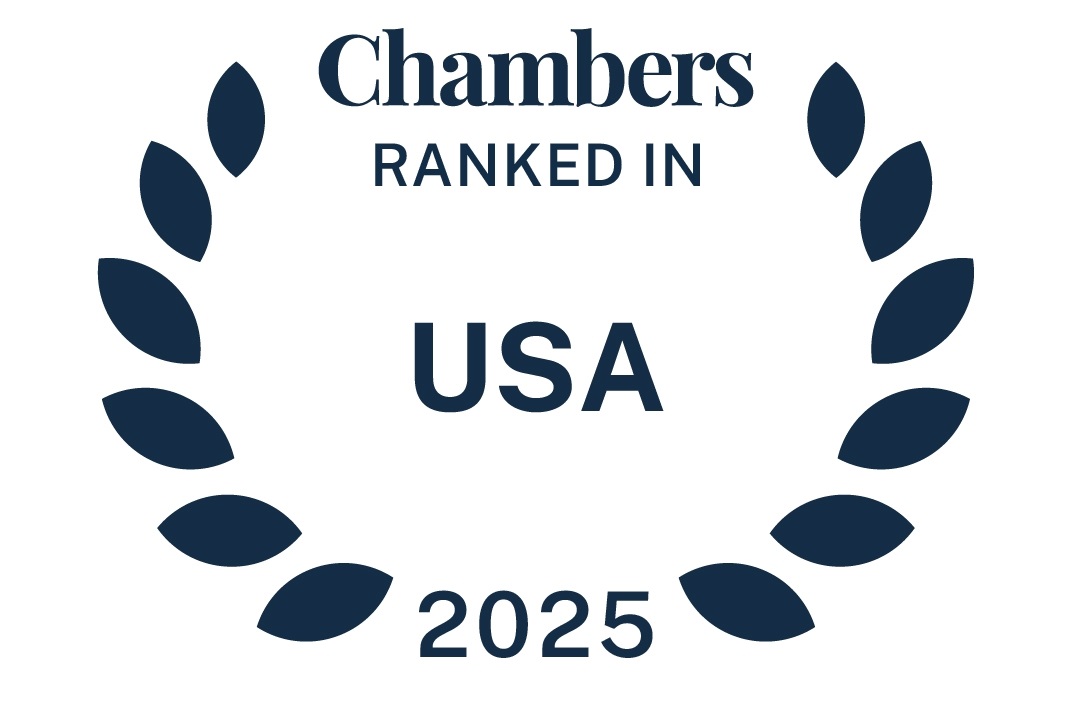Antitrust laws protect competition and consumers. Antitrust enforcement is prevalent in actions concerning manufacturing and consumer goods, among other things. However, recent enforcement activity by the Federal Trade Commission (FTC) and Department of Justice’s Antitrust Division (DOJ) serves as a reminder that the services industry, particularly healthcare services, is not immune to antitrust scrutiny as well.
Antitrust enforcement and healthcare policy were two priorities under President Obama. So, too, was antitrust enforcement within healthcare markets. The current administration prompted speculation on whether it would change its emphasis in any of these respects. We examine in this article whether the Trump Administration, now a year and a half into its term, has shifted focus or instead has stayed in the hunt for antitrust violations in the healthcare industry. As discussed below, the record of healthcare antitrust enforcement actions over the last five years, spanning both administrations, demonstrates that healthcare has been and remains a priority for civil and criminal antitrust enforcement by the US antitrust agencies and state Attorneys General.
Civil Enforcement
Both the FTC and DOJ are charged with civil enforcement of federal antitrust laws. Recent FTC actions against hospital mergers serve as a compelling starting point for assessing the current climate in healthcare antitrust enforcement.
In 2015, the FTC sued in federal court to block preliminarily the combination of the two largest hospital systems in the Harrisburg, Pennsylvania area: Penn State Hershey Medical Center and PinnacleHealth. The FTC and the Pennsylvania Attorney General alleged that the proposed combined entity would be anticompetitive, charging that it would control 76% of the market for general acute care services sold to commercial payors in the greater Harrisburg area. The district court found that the government did not meet its burden to establish the relevant geographic market, but in September 2016, the Third Circuit Court of Appeals, reversed that decision, holding that the District Court committed legal error in its market analysis. The Third Circuit ordered that the District Court preliminarily enjoin the merger, and in so doing, virtually adopted the full FTC competitive analysis. Consequently, the two health systems abandoned the proposed merger rather than litigate a full trial before an FTC administrative law judge.
The FTC also successfully blocked a proposed merger involving two Chicago-area health systems: Advocate Health Care Network and NorthShore University HealthSystem. The FTC alleged that the combined entity would control a majority of the hospitals in the area and over 50% of the market for general acute care inpatient hospital services. Once more, the FTC lost at the district court level, but succeeded on appeal to the Seventh Circuit. The two health systems ultimately abandoned the merger in March 2017.
The FTC also successfully challenged two physician group mergers—one under each administration. In November 2012, the FTC joined private plaintiffs and the Idaho Attorney General in a suit to require non-profit health system St. Luke’s, which employed primary care physicians, to divest itself of recently acquired Saltzer Medical Group, a primary care physician practice in Nampa, Idaho. The government alleged that the acquisition would create a near-monopoly for certain primary care physician services. In January 2014, the District Court agreed with the FTC and Idaho, concluding that the transaction was anticompetitive and resulted in a combined entity with a very high market share that was likely empowered by the merger to negotiate higher rates from health plans. The District Court ordered St. Luke’s to divest Saltzer, which the Ninth Circuit affirmed in February 2015.
The FTC also prevailed in its suit—joined by the North Dakota Attorney General—to block Sanford Health’s acquisition of Mid-Dakota Clinic. In December 2017, a magistrate judge preliminarily enjoined the acquisition on antitrust grounds. Overlaps in four physician specialties were at issue in the case. The Court agreed with the FTC that the relevant geographic market encompassed four North Dakota counties, that each physician specialty market should be viewed separately, and that the transaction would result in a very high post-merger concentration, leading to the ability to raise prices. Sanford and Mid Dakota have appealed to the Eighth Circuit, where the case remains today.
The enforcement agencies have not limited their attention to providers. The DOJ successfully challenged two health insurer mergers that were announced, investigated and challenged during the Obama Administration, and decided shortly after Trump took office. In July 2015, four of the “Big 5” health insurers announced plans to merge: Aetna to acquire Humana for $37 billion, and Anthem to acquire Cigna for $54 billion. The DOJ and numerous state Attorneys General sued to block the mergers in July 2016. The challenges proceeded to trial in succession in December 2016. The District Court for the District of Columbia enjoined the Aetna/Humana merger in January 2017, and enjoined the Anthem/Cigna merger in February 2017. Aetna and Humana terminated their merger agreement. Anthem and Cigna appealed their decision, but in April 2017 the DC Circuit denied the appeal.
Criminal Enforcement
Criminal enforcement is exclusively the domain of the DOJ’s Antitrust Division at the federal level and State Attorneys General at the state level. The DOJ’s Deputy Assistant Attorney General Barry Nigro delivered the keynote address at the recent American Bar Association’s Antitrust in Healthcare Conference in May 2018. Nigro explained that combatting rising healthcare prices is a priority for the DOJ’s Antitrust Division, and that it is important to use the DOJ’s criminal enforcement authority to police the healthcare market.
In its 2017 annual report, the DOJ highlighted that its investigations revealed criminal antitrust collusion among executives in the generic pharmaceuticals market. Two former senior executives pleaded guilty in January 2017 for conspiring to fix prices, rig bids, and allocate customers for an antibiotic and a diabetes treatment. The DOJ stated that it was “committed to ensuring that generic pharmaceutical companies and their executives compete vigorously.”
Nigro also announced in his keynote address that the DOJ is currently investigating “other potential criminal antitrust violations” in the healthcare industry, including “market allocation agreements among healthcare providers and no-poach agreements restricting competition” for healthcare employees.
Nigro ended his address by asserting that “antitrust enforcement in healthcare will continue to be a high priority for the Division.” As this article has demonstrated, the keywords are not only ‘high priority,’ but ‘continue.’
Conclusion
The development and progression of enforcement actions, such as those outlined herein, have been consistent through the transition between the Obama and Trump administrations. Neither a change in politics nor changes in leadership at any level of government appear to have altered the advancement of antitrust scrutiny and enforcement actions in the healthcare industry.
Originally published by the American Bar Association, October 2018.



